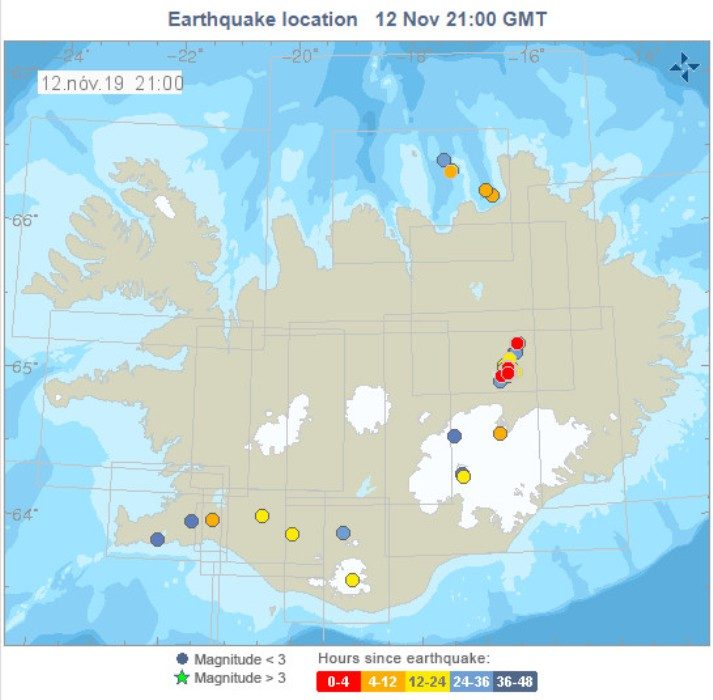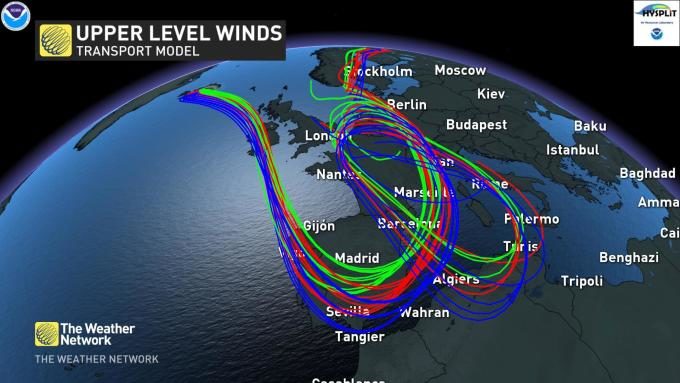
Sitting atop the spreading Mid-Atlantic Ridge and one of the planet's hotspots, Iceland is famous for its seismic activity. There are about 130 volcanoes on the island and 30 active volcanic systems.
While volcanic behaviour is difficult to predict, researchers do look for certain seismic signs that indicate an eruption might be imminent. Over the past week, one of Iceland's volcanoes has been attracting attention. On November 6th, an earthquake swarm began at the Askja volcano, located on the eastern part of the island. Since then, roughly 700 earthquakes have been reported at the site, the largest of which was Magnitude 3.4.
Icelandic officials continue to monitor the volcano's activity, although, at the moment, they say the swarm is more likely due to the movement of the continental ridge rather than tremors involving the volcano itself, adding that swarms "occur regularly" around Askja.
How eruptions on Iceland can mean widespread problems
Significant eruptions happen in Iceland, on average, a couple of times per decade and at least one eruption has been recorded every decade since the beginning of the 1800s.
Given the island's location and the prevailing winds of the jet stream, ash plumes from Icelandic eruptions tend to travel east toward Europe. Some recent eruptions have made global headlines as massive ash clouds snarled air traffic over the North Atlantic and Europe. An estimated 95,000 flights were cancelled in 2010 after upper-level winds blanketed the continent with ash from the explosive eruption of the Eyjafjallajokull volcano.
Model guidance suggests that a significant eruption from Askja in the near future would have a similar effect -- sending an ashy haze over the much of Europe. The image below shows potential trajectories for ash at an elevation of 10 km (roughly, flight level), if an eruption happened in the next day or so.

Askja's most infamous eruption happened in 1875, when heavy ashfall killed livestock and poisoned the soil, leading many Icelanders to emigrate from the island. Ash from that eruption was reported as far away as Poland and Sweden.



Reader Comments
to our Newsletter